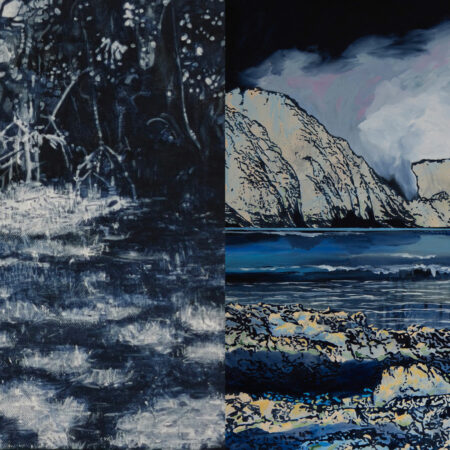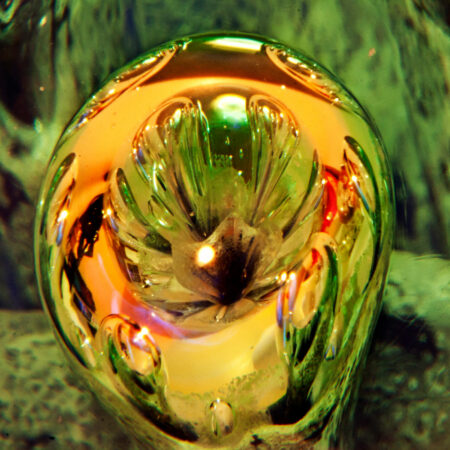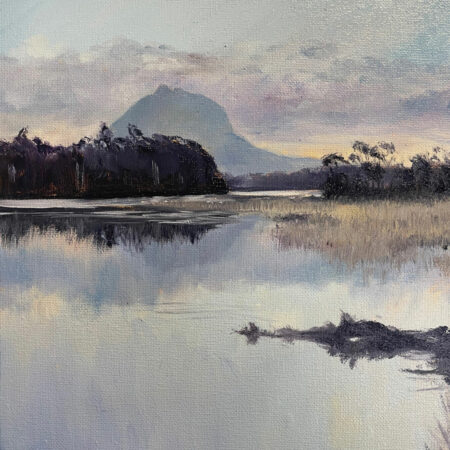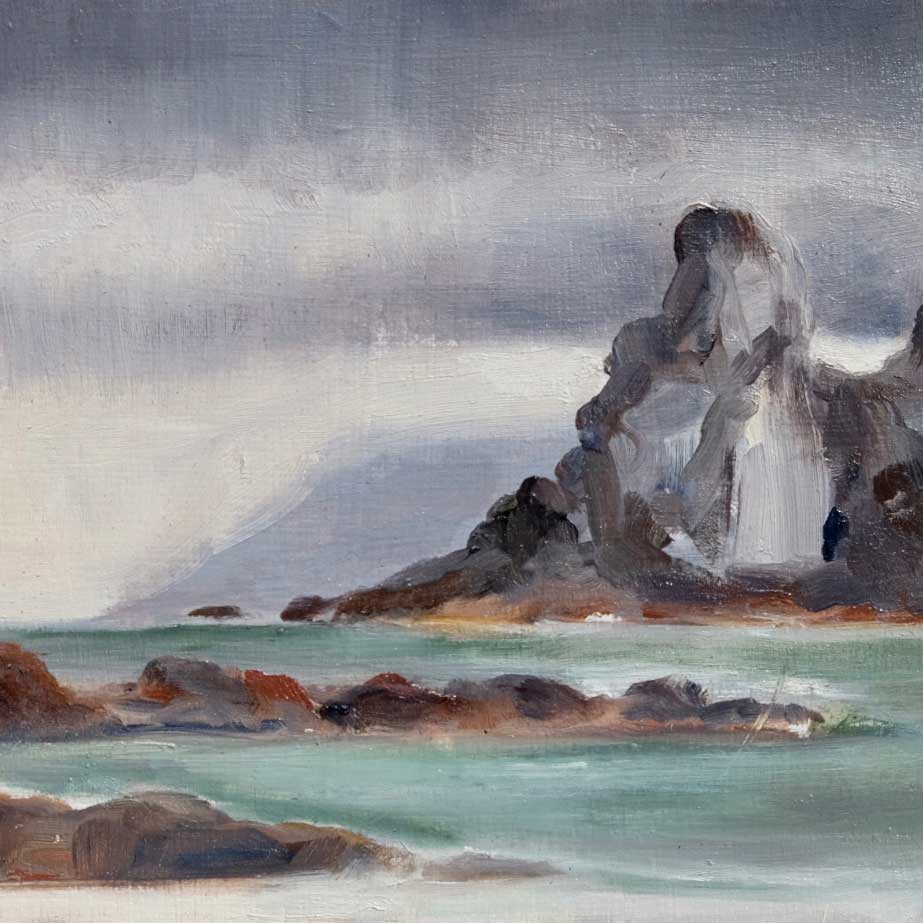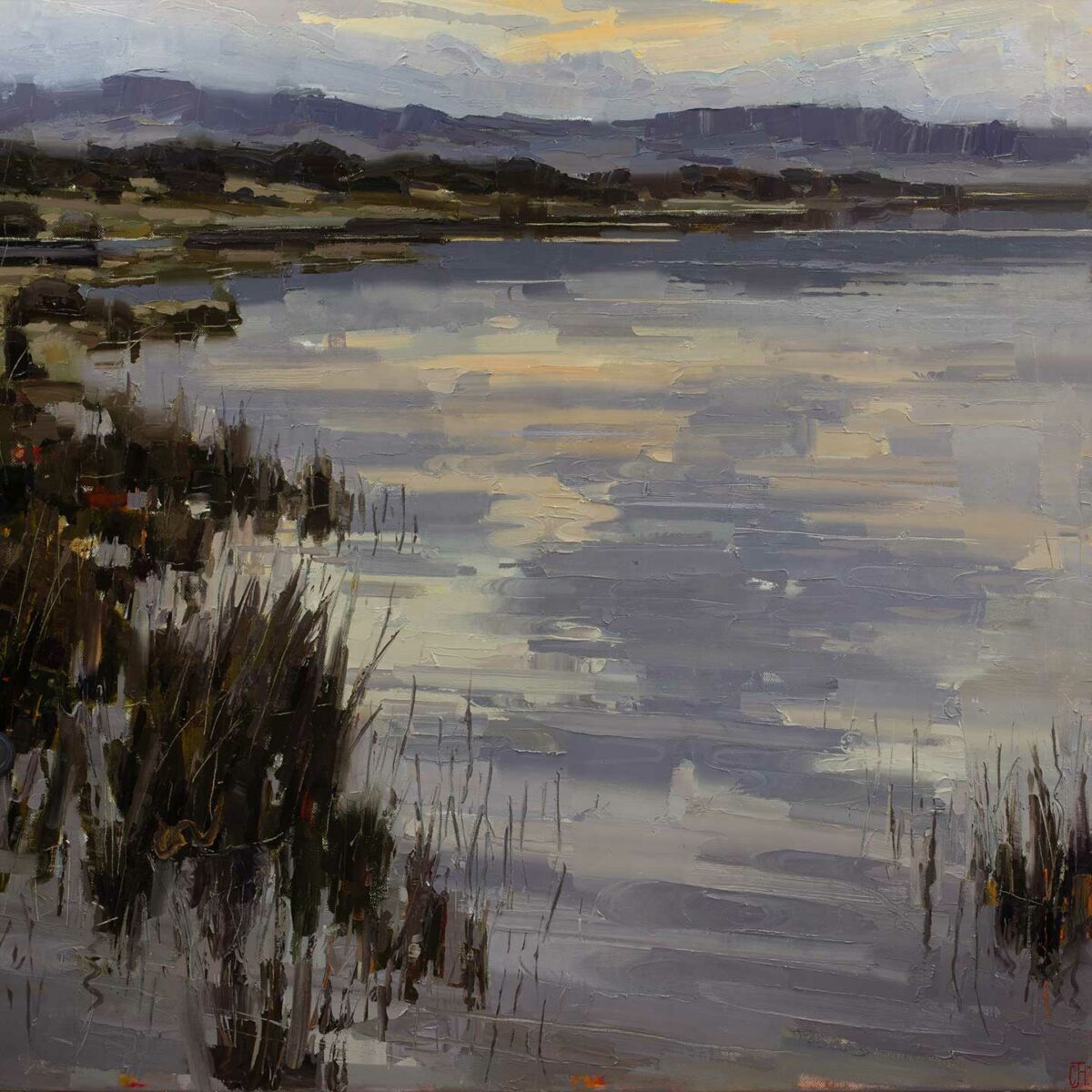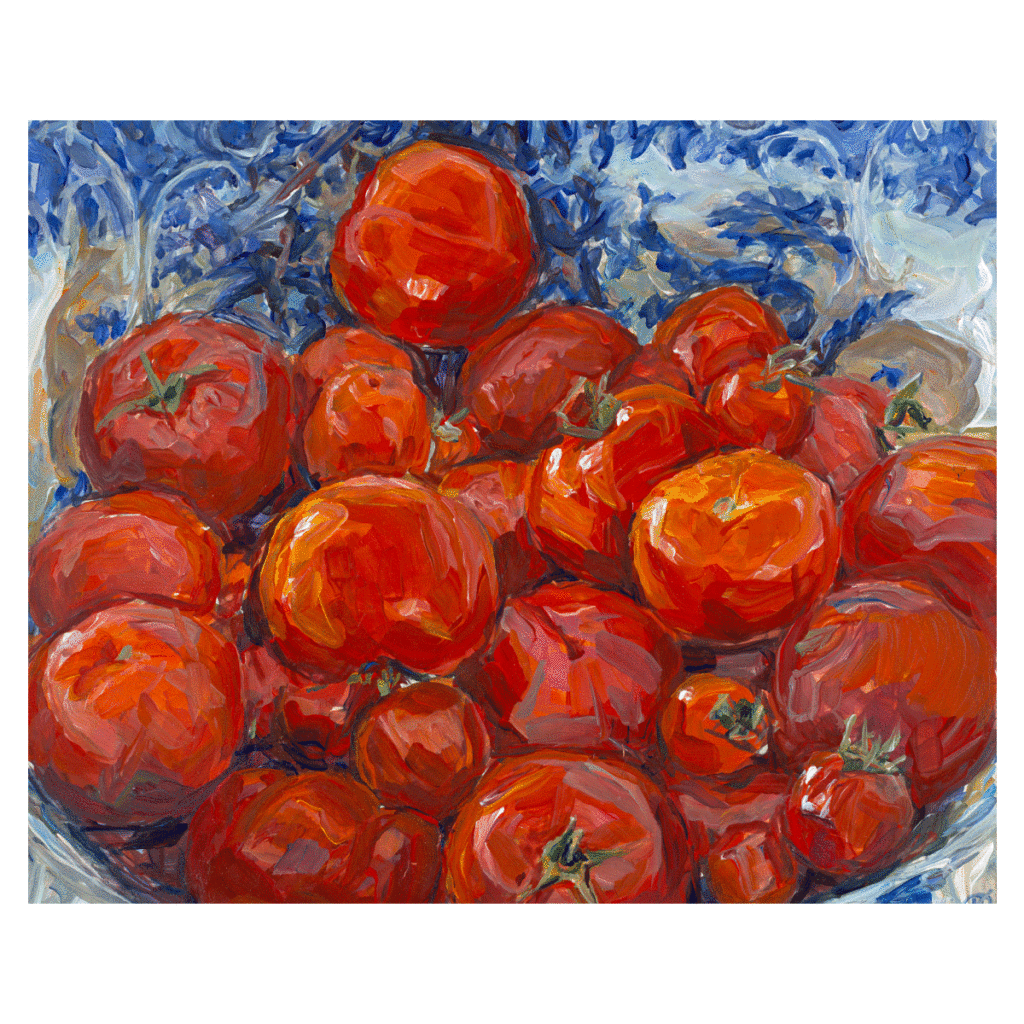Opening Event : Studio Gallery, Level 2
Thursday 5 December 2024, 5:00pm – 7:00pm
Meet the Artist : Studio Gallery, Level 2
Saturday 7 December 2024, 10:00am – 3:00pm
Exhibition Dates :
Thursday 5 December 2024 – Friday 31 January 2025
**Installation viewable 24/7
The beauty and fragility of the southern ice cap and ocean captured in a single image by a unique three-dimensional artwork made with layered Perspex.
The Great Southern Ocean project is a collection of small artworks created specifically for exhibition at the Salamanca Art Centre Studio Gallery and Lightbox. The focal piece is Monument, a 3-dimensional painting on display in the Lightbox. This artwork was created by Beric Henderson, and made by applying small amounts of paint to sequential layers of clear Perspex and then assembling them together. The resulting holographic image reveals an iceberg forever captured in time. There are human and marine visitors above and below the waterline. The Monument artwork, together with the intricate drawings and paintings in the Studio Gallery, express a unique artistic vision of the power and beauty of the Southern ocean and Antarctic region.
This artwork was created by artist Beric Henderson, and inspired by his time as former Artist-in-Residence at the Salamanca Art Centre’s Artists’ Cottage in 2023. Since 2019 the artist has been producing an ever-growing body of ocean themed paintings and drawings, many of which have been shortlisted for national art prizes including the Mission to Seafarers (2022/2023), Adelaide Perry Drawing Award (2020/2021) and recently the Waterhouse Natural Science Art Award (2024). The artist is based in the warmer climate of the NSW mid-north coast but frequently visits Hobart to seek inspiration.

- All Ages
- Exhibitions
- Free
- Kid Friendly
- Opening Event
Mind Your Self
Michael Vivarelli
- All Ages
- Comedy
- Events
- Performances
- Theatre
Theatresports™️
Presented by PROTEA Impro
- All Ages
- Exhibitions
- Free
- Kid Friendly
Food Web : A Taster
Nick Gust
- All Ages
- Exhibitions
- Free
- Kid Friendly
- Opening Event
Three places
Kevin Crowe
- All Ages
- Exhibitions
- Free
- Kid Friendly
- Opening Event
Threshold
Robyn Harman + Jill Crawford
- All Ages
- Exhibitions
- Free
- Kid Friendly
- Opening Event
RAW
Rachael Windress
- All Ages
- Exhibitions
- Free
- Kid Friendly
Window of Mind
Eun Ju Cho
- All Ages
- Exhibitions
- Free
- Kid Friendly
Stitch Insects
Style Constructed | Holly Farley
- All Ages
- Exhibitions
- Free
- Kid Friendly
- Meet the Artist
- Opening Event
Peak Experience
Mel Hills Wild Art
- All Ages
- Events
- Exhibitions
- Free
- Kid Friendly
- Live Music
- Opening Event
- Performances
Palimpsest-as-Process
Andrea Breen
- All Ages
- Exhibitions
- Free
- Kid Friendly
Blossoms of Belonging
Anastasiia Ananieva







